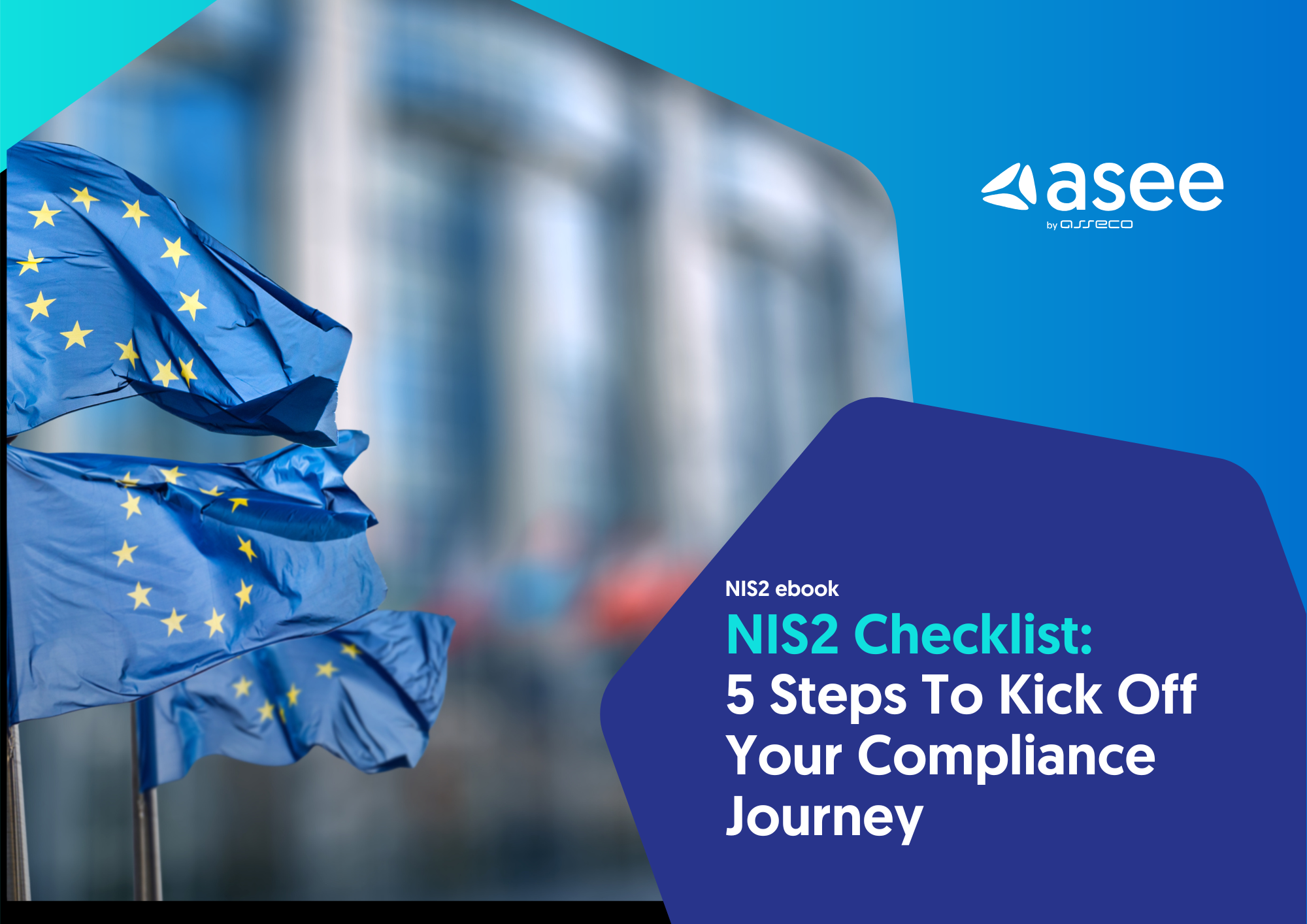
Download NIS2 Checklist
Feeling lost about where to start when it comes to the NIS2 Directive? That is why we decided to equip you with actionable steps on how to kick off your compliance journey and reach full compliance with ASEE.

NIS2 expands upon the original NIS Directive by widening the scope, toughening compliance requirements, and introducing stricter enforcement mechanisms.
Public sector bodies—especially those operating or managing critical infrastructure like energy, water, healthcare, and transportation—are now clearly in the spotlight. Under NIS2, public organizations fall into the "essential" or "important" entity categories, both of which require full compliance.
Key implications for the public sector:
If your organization is beginning its NIS2 journey, here are the fundamental steps to take:
Check whether your entity is classified as essential or important under the Directive. Expect a notification from local bodies responsible for sending out the appropriate classification.
Evaluate your current cybersecurity posture. What controls are already in place? Where are the gaps compared to NIS2 requirements?
NIS2 requires clear governance. Assigning responsibility—at the board or executive level—is key to ensuring accountability and a quick response.
Build a plan that outlines how you’ll meet requirements over time. Set priorities based on risk and criticality, and align with existing frameworks (like ISO 27001 or NIST).
To comply with NIS2, public entities need to implement a set of baseline cybersecurity measures. Here is what you should focus on:
While NIS2 provides a clear framework, implementation in the public sector can face some unique hurdles:
Being aware of these challenges allows organizations to proactively address them through planning and partnerships.
Meeting the requirements of NIS2 isn’t just about ticking boxes—it’s about building a long-term culture of cybersecurity resilience. For public sector organizations, that means improving leadership, building stronger skills, and encouraging teamwork and ongoing progress.
Whether you're just starting out or refining your existing security posture, these tried-and-true practices can help ensure you're not only compliant but truly prepared:
The good news? You’re not starting from scratch. A growing number of resources are available to help public sector entities align with NIS2. From national guidelines to EU-level frameworks, here are some of the most helpful tools you can tap into:

Feeling lost about where to start when it comes to the NIS2 Directive? That is why we decided to equip you with actionable steps on how to kick off your compliance journey and reach full compliance with ASEE.
Don’t wait for a breach or a compliance deadline. Start today. Contact us for solution-specific support.